Maths Rigging#
Paya pulls functionality from PyMEL’s data classes and Maya’s utility nodes into a single rich API for maths rigging. Methods on data objects can also be called on attribute instances to perform one-off calculations or construct node networks as the occasion demands.
For a full reference of methods and operators, see the data and plug (attribute) classes:
Data |
Plug |
|---|---|
Using Operators#
Maths operators, previously the preserve of PyMEL’s data classes, have been extended to plugs (attributes). A couple points to remember:
At least one of the operands must be a Paya plug or data class. If both operands are simple Python types, it becomes impossible to source an implementation.
If both operands are values, the result will always be a value. If any of the operands are plugs, the result will always be a plug.
The following example demonstrates mixing of values, plugs and dimensions to edit the length of a live vector:
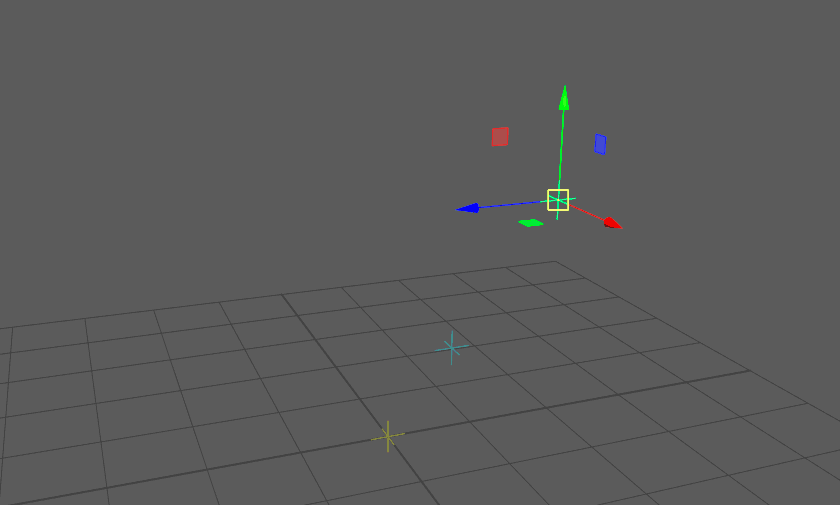

# Capture points
point1 = r.PyNode('locator1').attr('worldPosition')
point2 = r.PyNode('locator2').attr('worldPosition')
# Get the vector, normalize, set length
vector = point2 - point1
vector = vector.normal() * 6.5
# Get a new end point, pipe into locator
point3 = point1 + vector
loc = r.spaceLocator()
point3 >> loc.attr('translate')
Point-Matrix Multiplication#
In PyMEL, the * operator is used for both vector-matrix and point-matrix multiplication, with the latter
performed when the left operand is an instance of Point rather than
Vector.
When the left operand is an attribute, Paya will always perform vector-matrix multiplication. This is because Maya doesn’t distinguish between ‘vector’ and ‘point’ attributes.
To get around this, Paya introduces the caret (^) as a dedicated operator for point-matrix multiplication. In the
following example, this is used to capture and transform a live point:
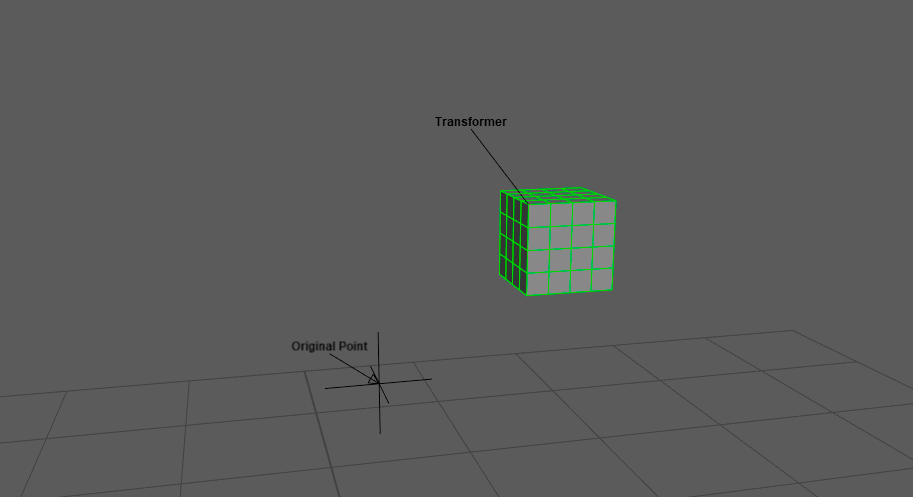

# Capture elements
loc, cube = r.ls(sl=1)
point = loc.attr('worldPosition')
matrix = cube.attr('worldMatrix')
# Transform the point while maintaining offset
point ^= matrix.asOffset()
# Pipe into a locator
loc = r.spaceLocator()
point >> loc.attr('translate')
Working with Matrices#
To create matrices, use Paya’s top-level createMatrix() function. Depending on arguments,
this will perform orthogonal or explicit construction as efficiently as possible, and return a data object or plug
instance. To drive transforms, use decomposeAndApply() or
applyViaOpm(), both of which include useful options for pivots, offsets and so on.
Here’s an example of orthogonal construction using two vectors:
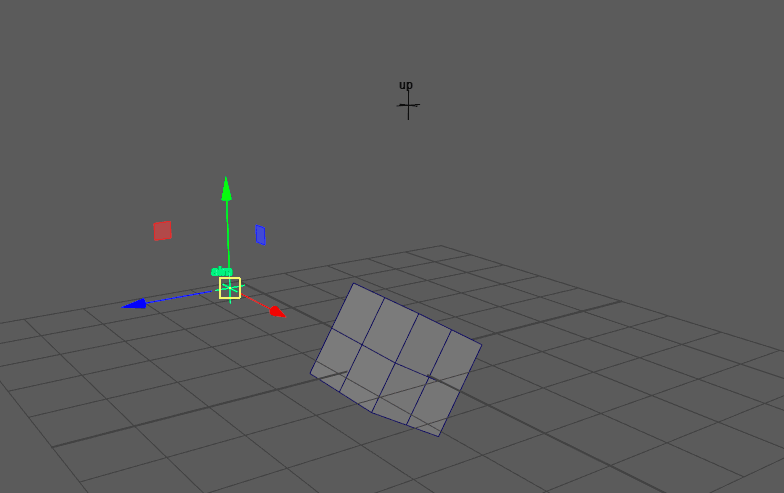

aimLoc, upLoc, slave = r.ls(sl=True)
aimVec = aimLoc.attr('worldPosition')
upVec = upLoc.attr('worldPosition')
matrix = r.createMatrix('z', aimVec, 'y', upVec, manageScale=False)
matrix.decomposeAndApply(slave, rotate=True)
Testing Outputs#
To create a rivet, or just visualise the result of an operation, call createLocator()
on a method’s vector or matrix return:
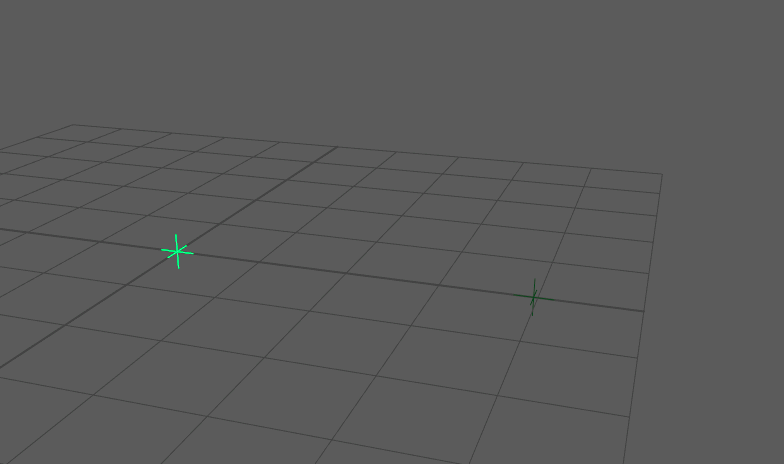
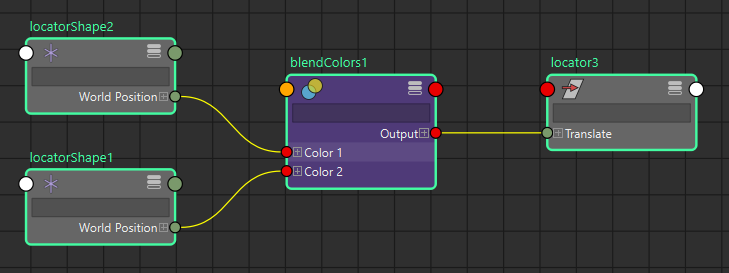
locs = r.ls(sl=True)
points = [loc.attr('worldPosition') for loc in locs]
points[0].blend(points[1], weight=0.33).createLocator()